It’s been a decade since the creation of the genesis block on January 4th 2009.
During the decade, along with the ebbs and flows of bitcoin, the mining industry has gone through some ups and downs, and the landscape of the industry has kept changing. The name FriedCat and the term CPU mining have become obsolete with the replacement of Wu Jihan, Bitmain and ASIC mining.
In the course of mining development, there have been many thrilling stories. We’d like to look back and share some of its moments with our reader.
Creation
At the beginning of 2015, Zhan Ketuan, a chip designer in China graduated from Tsinghua University, felt confused about the design of new processor. At one night, when he was reading the 33rd Chapter “Sophon” of The Three-Body Problem, Liu Cixin’s sci-fi masterpiece, he was suddenly enlightened —- unfolding ordinary protons in a low dimension and etching large-scale circuits to make them “strong AI bodies”, then shrinking them back into protons at high dimensionality. The Three-body people called this tool “Sophon”, which was used to lock down the Earth’s basic technology and monitor the solar system.
Then, Zhan Ketuan talked with Wu Jihan to name it as “Sophon” and applied the ASIC technology used for miners to the field of artificial intelligence to develop deep learning chips based on ASIC technology.
After researching on such chips, Professor Michael Bedford Taylor in the University of Washington predicted that these ASIC (application-specific integrated circuits) chips could perform single function very efficiently, which might promote the development of next generation of distributed computation.
Bitmain confirmed the professor’s prediction with its rapid development by applying ASIC technology on miner production. Only two years later, in August 2017, it won a $50 million of A-round financing from Sequoia Capital and IDG Capital. One year later, in July 2018, it completed $290 million of B-round financing from Sequoia Capital with a valuation of $12 billion. In August of the same year, a $440 million of B+ round financing was completed with a valuation of $14 billion…
Both Zhan ketuan and Wu Jihan did not expect that the 5-year-old Bitmain would compete with the 24-year-old Nvidia. In the 2018 Hurun Unicorn Index, it could rank the 13th only after some industrial tycoons such as Ant Financial, Didi and Meituan.
The birth and rapid development of Bitmain reflected the history of ups and downs of the mining industry deriving from Bitcoin in the past decade. When tracing back to its source, at 2:15 on January 4, 2009, Nakamoto Satoshi, who was hidden in a corner of the world, stroke the key to create the first and only block with the ID number on the bitcoin network, which was known as the “genesis block”.
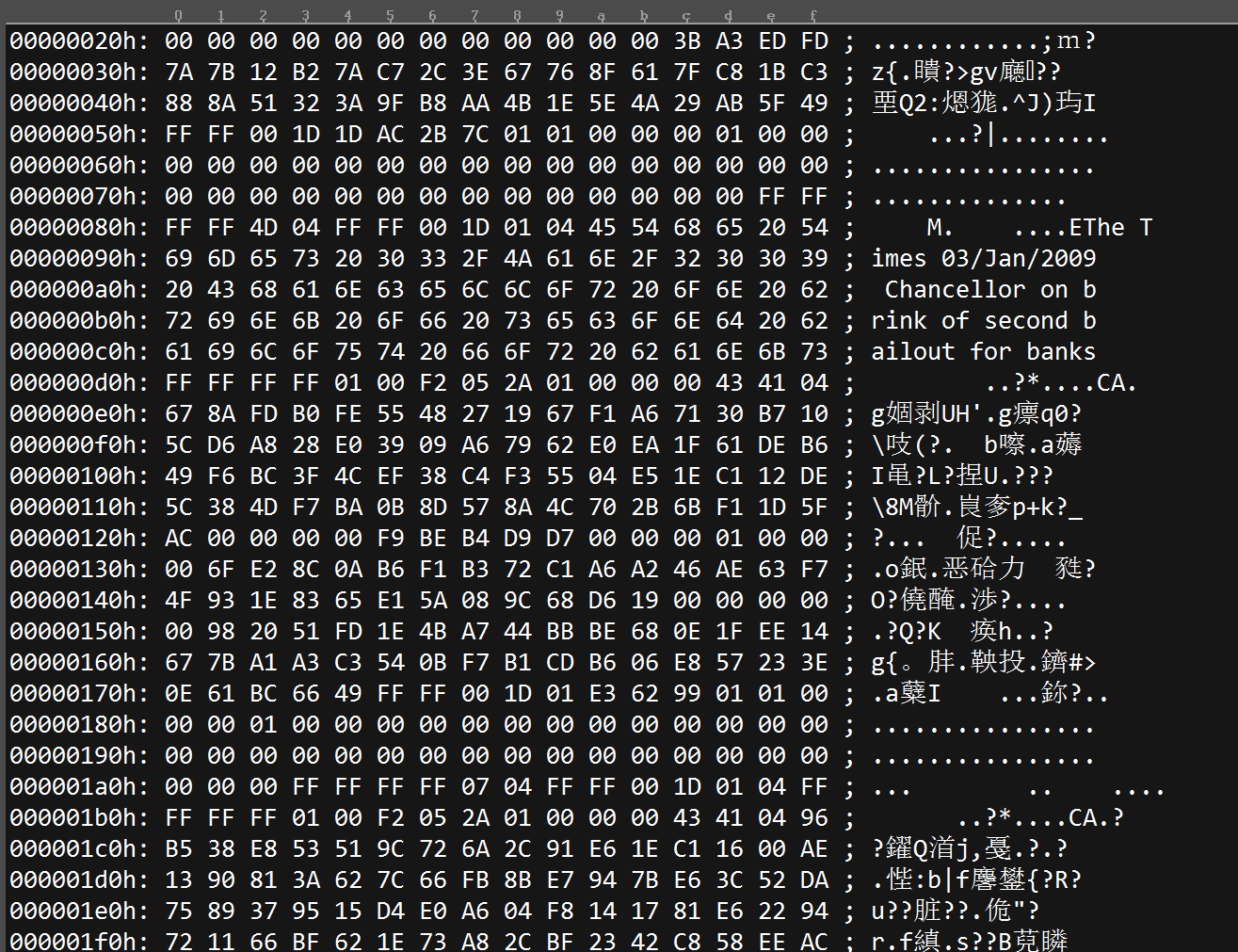
The genesis block mined by Nakamoto Satoshi
During the financial crisis of 2008, Nakamoto Satoshi wrote his mockery on the financial crisis of the old world in the genesis block:
The Times 03/Jan/2009 Chancellor on brink of second bailout for banks
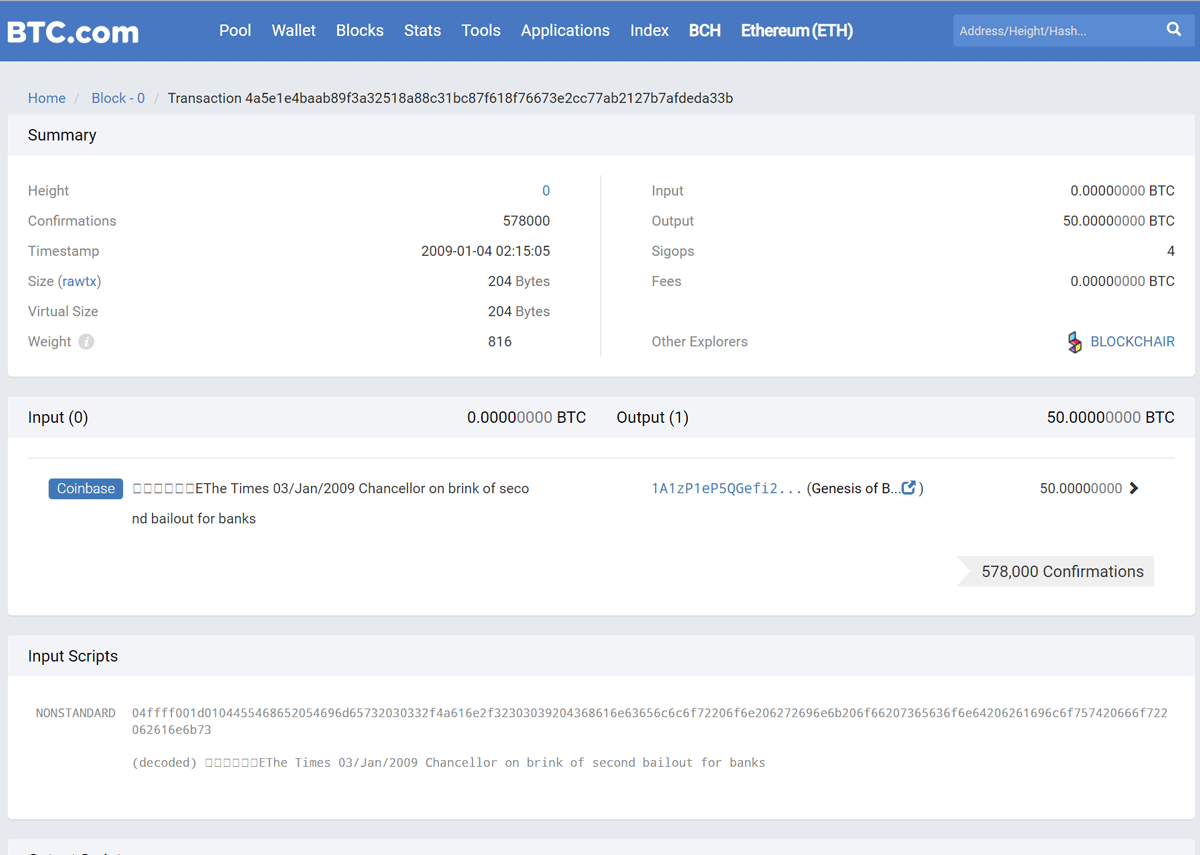
However, his mockery did not attract the attention of the mainstream media. In the first few years of bitcoin operation, it was only the carnival of the minority in the forum.
Therefore, the CPU of ordinary computer could play the role of “miner” at the very beginning, the process was very simple: download the mining software; create a new text, write the parameters such as the pool, worker number, worker password and thread number, save and change the extension as bat format; open the mining software to start mining.
When hashrate became crucial to the mining of bitcoin as well as the entry of mining workers, the balance of such situation was completely broken. Controlling the hashrate in blocks became the target of various bitcoin companies. The key to this technology depended on how to increase the number of transactions in the bitcoin network at any given time.
Therefore, under the constant development of professional miners, a long-lasting battle in mining industry had been staged all over the world. With the time went by, the mining had developed into one of the oldest industries in the blockchain market.
Individual Mining
As early as 1982, David Chaum, who had just completed his Ph.D., published a paper on signature technology. For the first time, he proposed to anonymously transfer value on the Internet, that is, to store traditional currency in digital form through the bank’s cryptographic signature, so that they could freely and anonymously delivered on the Internet.
Ten years later, a group of cryptographers, programmers, geeks and enthusiasts who believed in David Chaum’s thoughts launched a social campaign called “cypherpunk” in which passwords were combined with punk so as to create a free, unmonitored world with cryptography.
In 2008, the bitcoin white paper was published in the cypherpunk list. Although it didn’t attract worldwide attention, its decentralized and free-spirited spiritual core was highly compatible with “cypherpunk”, which naturally pushed the movement to its climax.
Hal Finney, the cryptographer as a member of the movement was excited at the bitcoin white paper and immediately contacted Nakamoto Satoshi. Shortly after the genesis block of bitcoin, Hal Finney downloaded the bitcoin client. He repeatedly pointed out the loopholes in the bitcoin by emails and Nakamoto Satoshi replied the emails with the patches as well as his appreciation.
On January 11, 2009, in order to test the trading of bitcoin, Nakamoto Satoshi transferred 10 bitcoins to Hal Finney. That was the first transfer in the history of bitcoin.
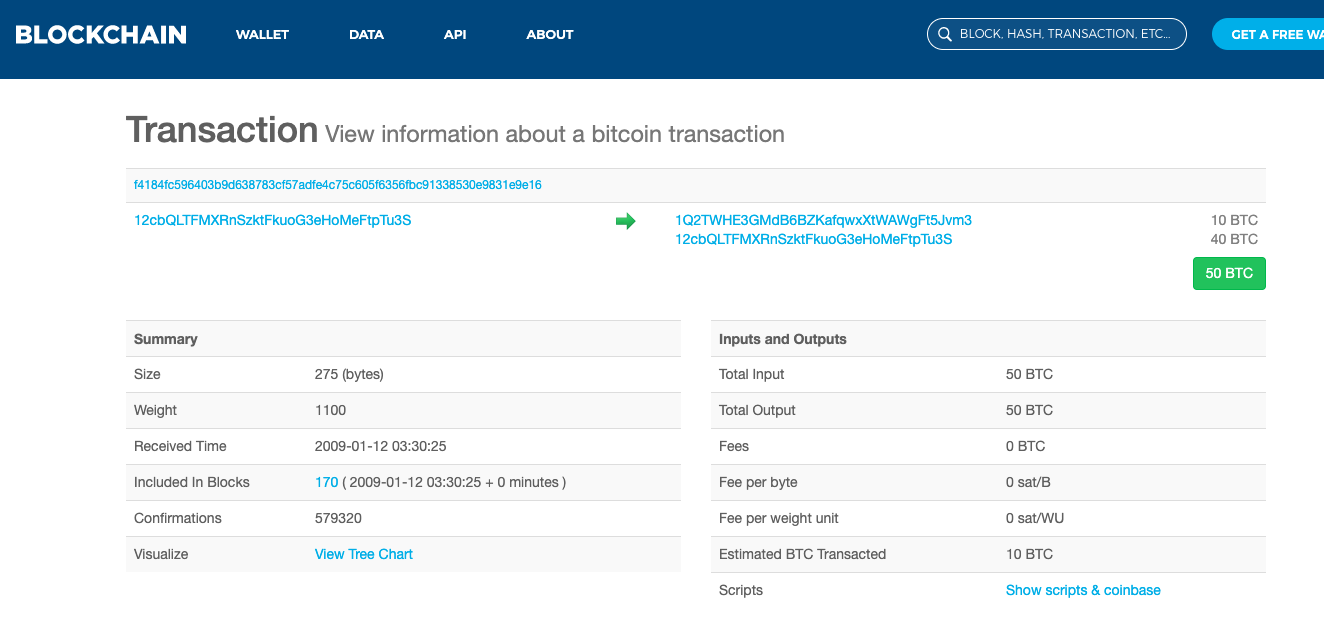
The first transfer in the history of bitcoin
At the same time, Hal Finney started mining with his own IBM computer. Since there were no competitors, he could mine as many as 100 bitcoins per day, which made him the first mining worker in the history of bitcoin.
Hal Finney thought he believed the future of bitcoin more than Nakamoto Satoshi, but his fate played a big joke with him. In August of the same year, he was diagnosed with amyotrophic lateral sclerosis. In the coming several years, he had to struggle to fight against the disease.
Even in the last period of his life, Hal Finney, who could only move his eyeballs, still tried to type the codes for bitcoin official wallet with the help of the eyeball tracker. In August 2014, Hal Finney passed away.
With the passing away of Hal Finney, the concept of bitcoin spread rapidly in the Western world. With its strong values, it quickly attracted the first followers of liberals, who were later labelled as the “real bitcoin believer”.
Due to the small difficulty during initial mining, the benefits of direct mining with CPU could surpass the power consumption and mechanical losses. Since it didn’t need expensive equipment, it had attracted more mining workers. As a result, the enthusiasm for individual mining had gradually spread, and even extended its reaches as far as the Internet circle in China.
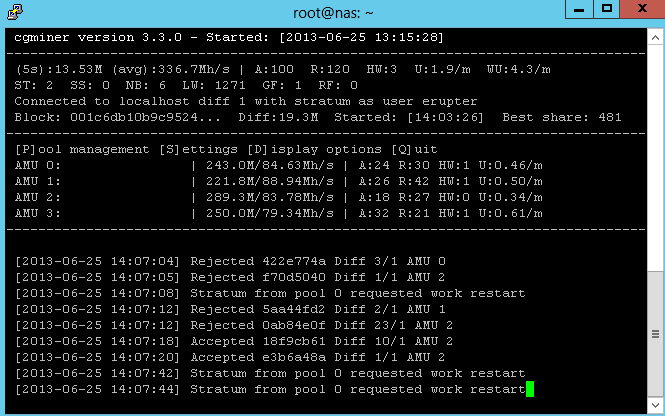
Mining with cgminer. Photo credit: stackexchange.com
In June 2009, Wu Gang, a CTO at a P2P storage website, unexpectedly received an email introducing the bitcoin system. As a technical geek, he immediately downloaded the mining software and ran it on the company’s computer.
“Free, democratic currency; an open, unbreakable database.” As for his understanding on bitcoin at the very beginning, Wu Gang said so when being interviewed by GQ. However, he denied the possibility of the spread of bitcoin at that time. After mining more than 8,000 bitcoins, he turned off the computer and quit the mining.
In the same time, Li Xiaolai, who was only 37 years old, was busy setting up a company on abroad consultation with his friends; Wu Jihan, who was 23 years old and just graduated from Peking University with double degrees in economics and psychology, entered the venture capital industry … Chinese was temporarily absent from the bitcoin experiment with social characteristics.
Initial Scale
In February 2010, the average hashrate of one block of bitcoin increased by 5 times compared with 4MH/S when the first block was mined. The CPU computing speed could not meet the mining algorithm with higher difficulty and the hardware technology should be improved.
However, due to the profitability of CPU mining, even though the utility of GPU mining had been recognized, it was repeatedly delayed, on December 12, 2009, even Nakamoto Satoshi himself issued an article in bitcoin community to suggest:
We should have a gentleman’s agreement to postpone the GPU arms race as long as we can for the good of the network. It’s much easer to get new users up to speed if they don’t have to worry about GPU drivers and compatibility. It’s nice how anyone with just a CPU can compete fairly equally right now.
Eventually, due to the first major increase of bitcoin prices, it rose from $0.008 to $0.08 within five days. Due to the rapid expansion of bitcoin mining workers, they were so eager to find the ways to improve hashrate that the hardware upgrading seemed to be very urgent.
In May 2010, the mining equipment assembled with one or more high-end GPUs came into being.
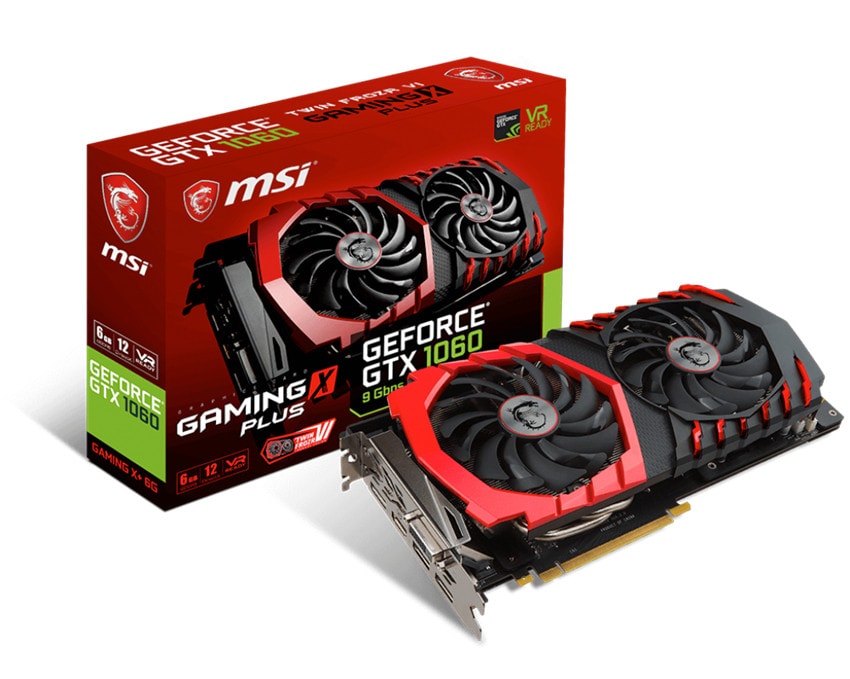
Without considering the specific hardware specifications, the GPU could provide the hashrate 100 times faster than the CPU. However, in order to improve mining efficiency, they made use of parallel connection of graphics cards so that many workers could combine multiple GPUs on the same computer for mining. In the case of making full use of existing hardware, the amount of mining had been improved to the maximum.
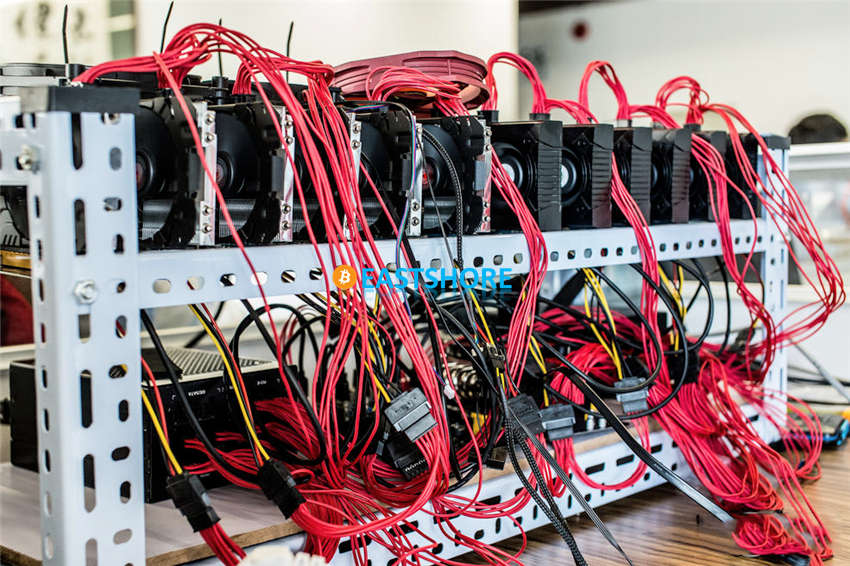
Laszlo Hanyecz, the programmer who bought two pizzas with 10,000 bitcoins, was the first person in the world to mine with GPU.
Due to other inevitable economic incentives, the values of bitcoin were gradually exploited and even became the standard payments at some adult websites. Nakamoto Satoshi once successfully predicted it in an e-mail: ” It could get started in a narrow niche like reward points, donation tokens, currency for a game or micropayments for adult sites. ”
Since the bitcoin economy was booming with more demands for high-end graphics cards, the optimization of GPU mining software had become more and more valuable. To promote the industrial development, the bitcoin evangelists introduced open source software. Jeff Garzik, one of bitcoin’s core developers, once paid 10,000 BTC (about $600 at that time) to show his support.
New profit opportunities were presented naked.
On the one hand, as the vested interest bearers of bitcoin in the early stage, during the dividend period when the overall hashrate rose with skyrocketing numbers of mining workers, the workers with low hashrate almost became a group of people abandoned by the times — single device or low hashrate could not obtain block rewards on the bitcoin network.
It’s mainly because bitcoin was based on the POW consensus mechanism, as the index of overall hashrate was increased, the proportion of individual hashrate was reduced and the probability of obtaining billing rights and the success rate of mining were getting lower and lower.
After the overall hashrate had been increased to a certain degree, in order to pursue more sustainable profits, the geeks on Bitcointalk developed a method of combined operation with a small amount of hashrate and applied the method to establish the corresponding websites which they called “mining pools”. The participants received the hashrate rewards based on their contribution ratio while the mining pools only charged certain amount of commissions.
In late 2010, Marek Palatinus created the world’s first mining pool, “Slushpool.” On December 16 of the same year, the mine produced the first block, which permanently changed the network structure of bitcoin and started to assembly the hashrate.
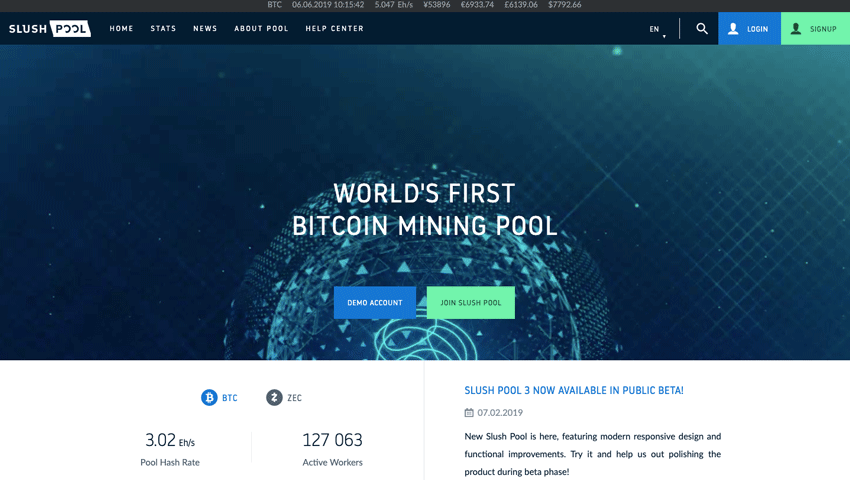
Almost at the same time, bitcoin prices reached $0.23, which successfully attracted the attention of outsiders. Agora was the economist who questioned the value of bitcoin in earlier stage and published an article entitled Why Can’t Bitcoin Become A Currency, which triggered the first public discussion on the nature of bitcoin value.
On the other hand, the scattered GPU assembling couldn’t meet the mining requirements of the workers and computers had reached the limit of application, so in the market, there were more and more demands for “customized mining equipment”.
At this time, a Chinese named Zhang Nangeng stood up, he was later known as the miner godfather, ngZhang, in the world of mining industry.
In the middle of 2011, the FPGA (field programmable gate array) bitcoin mining hardware created by ngZhang appeared. It was the first professional chip design for mining and there are still many FPGA miners in the market even now.
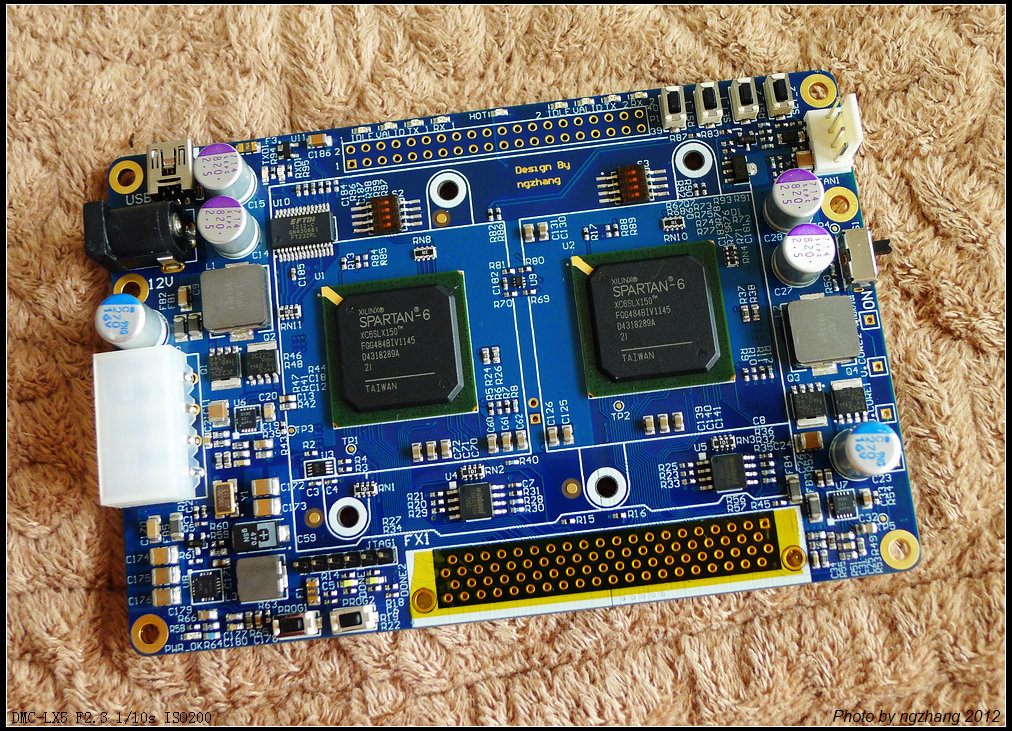
Since then, with the appearance of more and more miners, the overall hashrate in May 2012 started to rise from 120MH/s at the beginning of 2011 to 5GH/s, which meant that the mining history of bitcoin had developed from PC ends to the era of large scale of mining. The new mining era driven by miners and interests had quietly appeared.
Meanwhile, there appeared more and more articles questioning the bitcoin value together with the continuous growth of hashrate. According to the statistics by BlockBeats, in 2011, there were six articles which clamored the death of bitcoin as well as one short comment on the mainstream media Forbes.
Mining with Professional Miners
In 2011, bitcoin was still regarded as an emerging technology in the Western world. A few Chinese started to jump out of cognitive limitations and gradually recognized its value and became active in international forums on bitcoin technology and values.
Zhang Nangeng, who was 28 years old then, was one of them. Because he registered as “ngzhang” on the forum, he was also known as ngZhang. He was studying IC design as a graduate student in Beihang University. Realizing the desire for professional miners in the Western world, Zhang spent his spare time on FPGA, the bitcoin miner, and then sold it abroad, which earned him more than 100,000 yuan within one year. The name “ngZhang” had been well-known in the miner market since then.

In June 2012, the Butterfly Lab in the United States, a developer of bitcoin miner, announced that they were preparing to develop a kind of ASIC miner which was far superior to those in current market. However, they would be sold in the form of futures and they promised to deliver the machine starting from March 2013. They had already begun to accept reservations. Within just a few months, according to official data, a total of 60,000 sets had been ordered and the discussion about ASIC mining had been fermented since then.
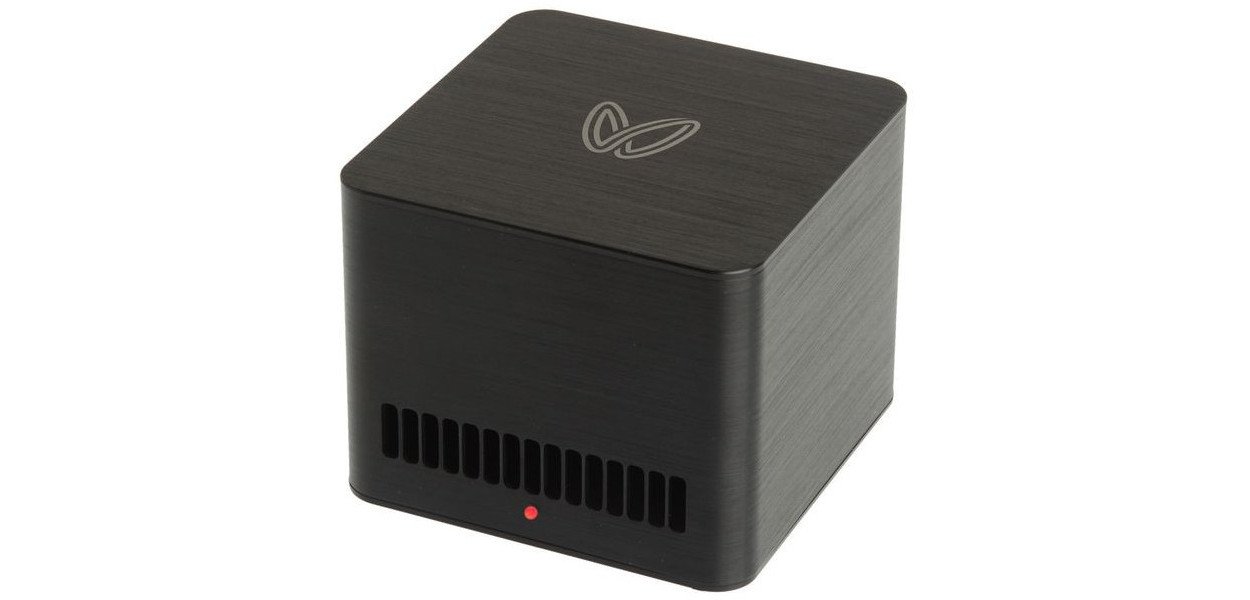
However, a few months later, the Butterfly Lab did not keep its promise. It was not until July 2013 that they started small-scale delivery. All the orders were completed until January 2014, so many ordered had been unsubscribed in the early stage. The resulting adverse effects of miner futures have been everlasting till now.
When the news was released, Zhang Nangeng had sensed the hidden danger: if it was successfully developed, Butterfly Lab would control over 51% hashrate of the bitcoin world, which meant it could tamper the bitcoin blocks with complete right of control. As a result, Zhang Nangeng decided to develop ASIC miner by himself and sold them to other users against the possible monopoly.
When being interviewed by GQ later, Zhang Nangeng explained why he did so was purely for the sake of “world peace.”
On January 31, 2013, Zhang Nangeng sent his successfully developed ASIC miner to Jeff Gazik, the core developer of bitcoin in the United States and broadcasted the entire unpacking process. It was the first ASIC miner and Zhang named it “Avalon”, a name of the “Isle of the Blessed” in the legend of King Arthur.
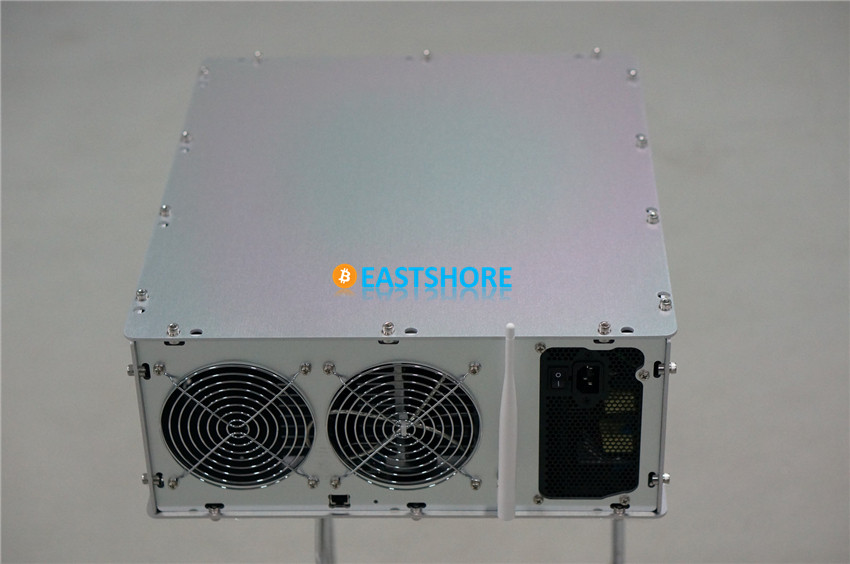
In the second half of May in the same year, CCTV broadcasted bitcoin-related news for the first time, which attracted countless investors. With better understanding on bitcoin in China, in October of the same year, Baidu announced that it accepted bitcoin payment; a real estate in Shanghai also announced to accept bitcoin transactions; the “retired Chinese women”, the symbol of Chinese economic boom, also began to participate in the transaction.
At the same time, Zhang Nangeng established CANAAN for the chips production of bitcoin miners, which successfully developed and mass-produced 110nm, 55nm, 28nm and other series of chips. It also promoted the birth to a batch of miner manufacturers processing Avalon chips, such as ASICME, CCBMC, MQH, 42BTC, etc. Subsequently, CANAAN began to transform as artificial intelligence chip suppliers in the field of smart home, assisted driving and image recognition.
According to statistics, as of April 2017, CANAAN sold about 160,000 series of Avalon miners, accounting for 22% of bitcoin hashrate market all over the world, with operation income of about 1.3 billion, a year-on-year increase of more than 4 times. In May 2018, CANAAN submitted a prospectus to the Hong Kong Stock Exchange.
Only seven years had passed since Zhang Nangeng was studying as a student in the ivory tower and enjoying more than 500 comics per years on campus.
Zhang Nangeng’s success encouraged many people eager to have a try. Starting from July 2013, the miner industry entered an era of free competitions and they either announced research and development, or pre-sales, or goods in stock.
According to the incomplete statistics, the miner manufacturers appeared during that period included: PIGEON, TMR, BTER, LANDMINER, BITBEE, DRAGONMINER, GARDEN, COINTERRA, ZEUS, WESTMINER, etc.
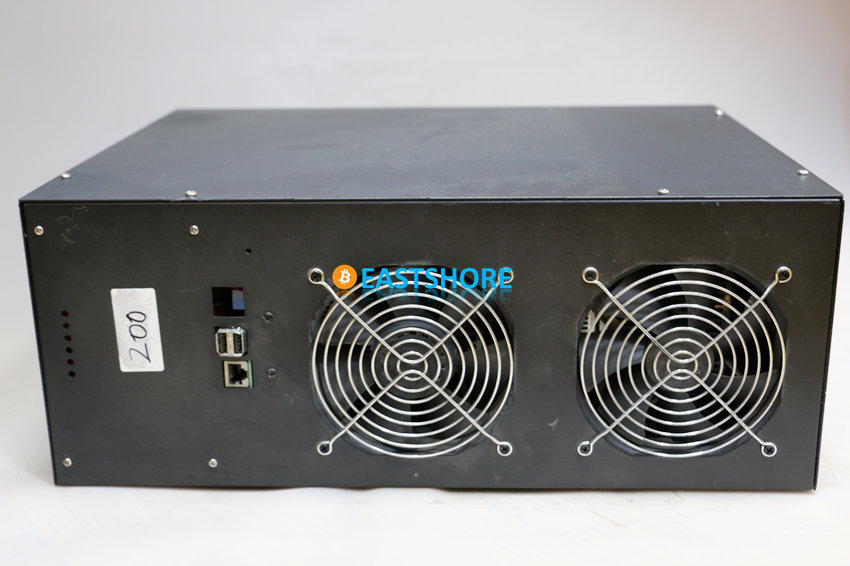
DRAGONMINER T1 1TH Bitcoin Miner
In the next five months, the average hashrate increase in each period increased by more than 30%. The arms race of hashrate based on technology entered a white-hot stage and the bitcoin mining in China unveiled the era of global dominance.
However, in terms of market acceptance, most of the chip miner manufacturers were in an embarrassing situation of being unable to challenge Zhang Nangeng, except for another genius —- the Friedcat.

Just like NgZhang, the name “Friedcat” also came from his nickname on “Bitcointalk”. His original name was Jiang Xinyu, who was admitted to the University of Science and Technology of China at the age of 15 as the 11th ranking in national exam. When many people suspected his talents despite the high scores, the Friedcat successfully entered the Yale as visiting scholar for the doctoral degree in the direction of computer system.
According to traditional understanding, Friedcat was an outstanding student. However, his friends always described him as the one yearning for freedom, which could explain why he could be completed attracted by bitcoin when he visited Yale in 2011 and then indulged in the study of bitcoin miner.
Similarly, being affected by the butterfly effect from the Butterfly Lab, in July 2012, Friedcat announced he had made an ASIC miner at Bitcointalk. However, he was unable to achieve mass production due to financial difficulties, so he hoped to raise 1 million through crowdfunding. Once his post was released, it immediately attracted many mining workers. Soon he raised enough funds to start mass production of his miner.
At the same time, Friedcat registered to establish his company Bitfountain in Shenzhen and divided the company shares into 400,000 parts. He held 59% and the rest were shared by all the shareholders. In April 2013, Avalon, the biggest competitor of Friedcat miner, officially announced that it would focus on chip development in the future and only sell a small number of miners. So, the whole miner market was dominated by Friedcat alone.
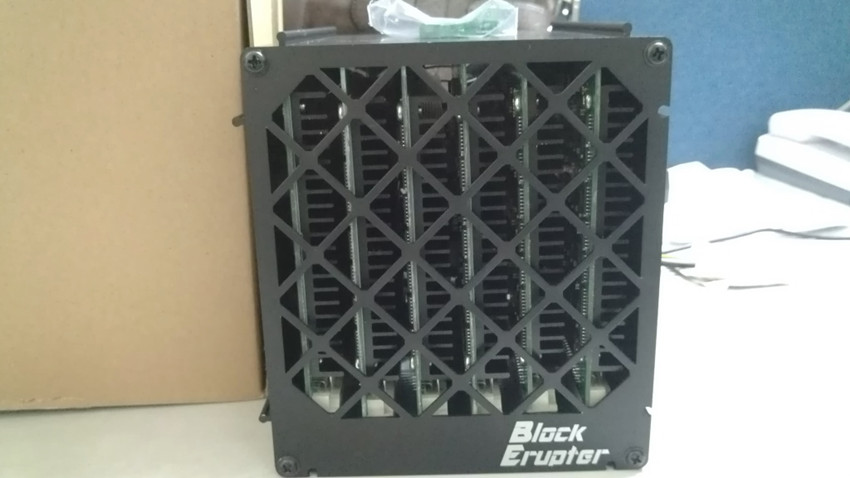
The Friedcat 38GH Bitcoin Miner
In July of the same year, one virtual share of Friedcat Miner Company rose from the initial 0.1 bitcoin to 5 bitcoins. Considering the increase of bitcoin itself, the profits of the original shareholders of Friedcat had once grown thousands of times.
For some time, the whole cryptocurrency circle had worshiped Friedcat as the God at the altar, and even Li Xiaolai said, “All the other chip manufacturers and managers don’t have the talents of Friedcat.”
However, Friedcat who understood the ups and downs of cryptocurrency market had never felt excited about the spotlight on himself. Even when the shock price of his company rose to 5 bitcoins per share, he only regarded it as a bubble.
More importantly, Friedcat estimated that his company would fall in a crisis in the future and it was the external environment that would sow the seeds of danger for such a crisis.
In December 2013, The People’s Bank of China and the Ministry of Industry and Information Technology as well as other four ministries and commissions issued the Notice on the Prevention of Bitcoin Risks, which directly indicated that bitcoin couldn’t and shouldn’t be circulated as a currency in the market.
Within just one year, the articles criticizing bitcoin had doubled than before. Some first-tier media including the New York Times, Bloomberg and CNN began to participate in the criticism. The price of bitcoin, which once reached a record high of $1,147, then fell sharply to about $100 in early January 2015.
In addition, Bitfury, a Russian ASIC bitcoin miner chip development team, had successfully developed a fully customized mining chip. With extremely low power consumption, it launched an unprecedented blow to Chinese miner manufacturers.
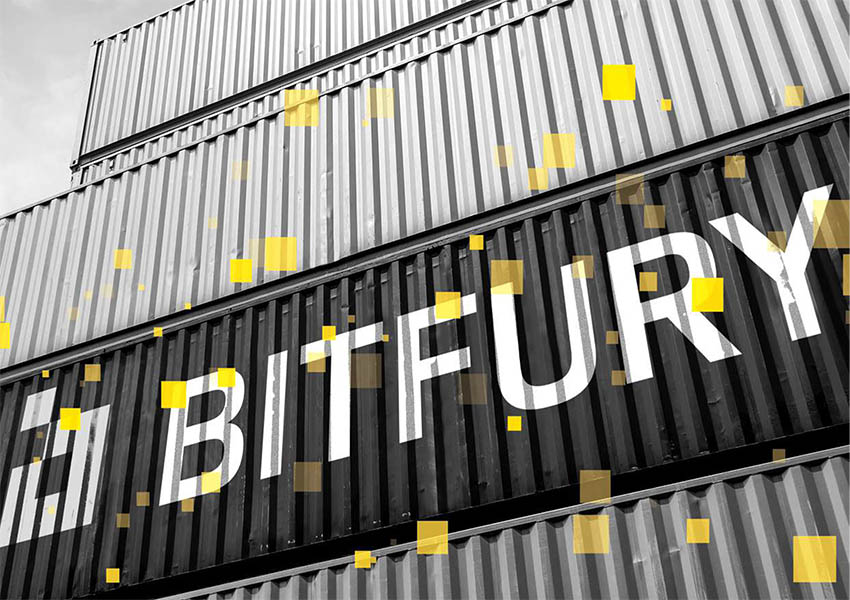
Friedcat, which was most booming during that period, started to suffer from it with worsening situation.
In October 2013, Friedcat encountered a bottleneck in the miner development and failed to produce the second-generation chip in time; in January 2014, the third-generation chip developed suffered from the explosion problem which was hard to be repaired, so 14,000 miner chips were unsalable.
The Tube miner sold later was low in price with limited profits, which was difficult to make up for the previous losses. Friedcat company fell into a vicious circle.
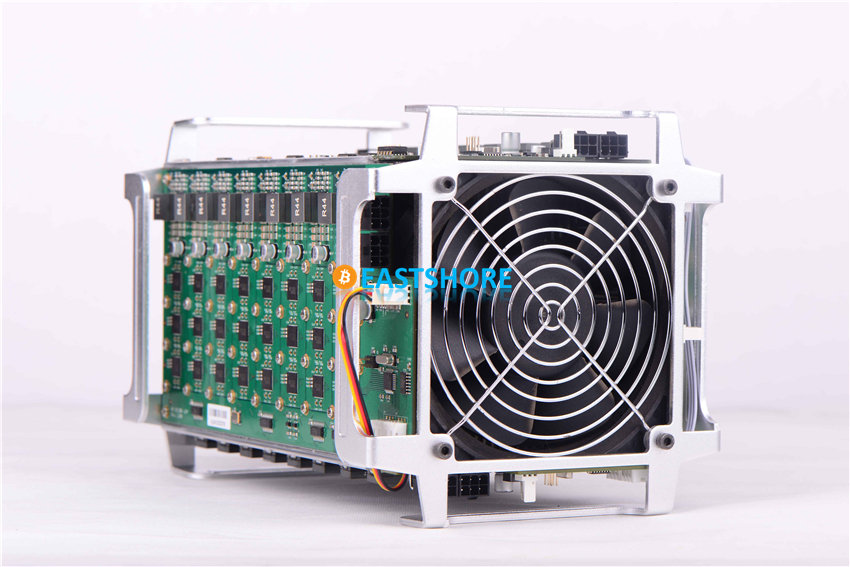
In the ever-changing mining industry, Friedcat demonstrated an irrefutable truth: it is as easy to be ascending as to be descending.
Probably he realized the free state in his mind could not be achieved in the mining industry, Friedcat chose to disappear without saying goodbye to anybody.
However, there are always promoters to push the history to move forward. Wu Jihan, an original shareholder of Friedcat, chose to keep advancing.
After graduating from Peking University in 2009, Wu Jihan entered a venture capital institution. When he happened to come across the bitcoin, the brand-new technical structure subverted his understanding of traditional currency and he was then fully indulged in.
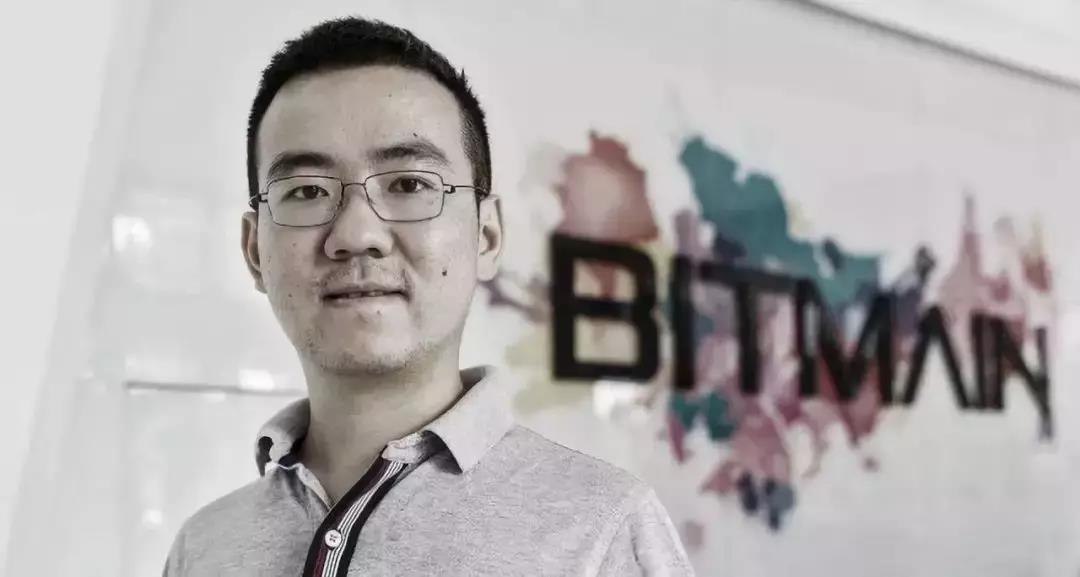
After reading Friedcat’s crowdfunding post on Bitcointalk, he immediately invited his friend Crazy Xiaoqiang (network writer, the first generation of bitcoin speculator) to buy 15,000 shares and 12,500 shares of Friedcat Company respectively. Later, their wealth also skyrocketed.
In April 2013, Wu Jihan quit his job in the venture capital institution and intended to continue his studies in the United States. However, since he had been aware of the crisis of Friedcat, he felt it was urgent for him to focus on chips. The first person appeared in his mind was the Zhan Ketuan we talked about at the beginning of this article.
As Zhan Ketuan recalled later, he spent two hours reading bitcoin introduction at Wikipedia and realized its potential development, so he decided to join without any hesitation.
Zhan Ketuan, who was 38 years old then, probably didn’t even realize he could complete the mission very quickly. It took him only half a year from concept drafting to the release of first miner Antminer S1. The Bitmain, which had created countless mining legends in the future, had officially started its business since then.
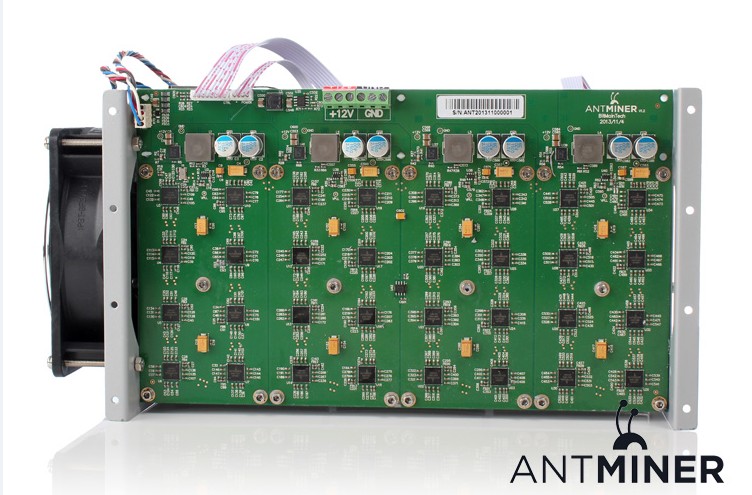
Although, in 2014, Mt.Gox, the world’s largest bitcoin trading center, was attacked by hackers and about 850,000 bitcoins was lost which triggered a market crisis. At the same time, with the decrease of bitcoins, the demand for miners in the market also reduced and the miner sales dived sharply. Many miner manufacturers started to go bankruptcy in the cloudy mining market.
However, when the flood encountered the beast, there were still some players who dared to jump into this market to share a piece of cake. EBANG International chose to produce miner chips during this period to achieve overtaking in curve.
Its development could be traced back to Zhejiang Ebang in 2010, which was mainly engaged in access to communication network and corresponding equipment. In 2014, it began to get involved in miner research, development, production and sales, but without any actual products until on December 20, 2016, when the new bitcoin miner was launched: EBIT E9++ and E10.
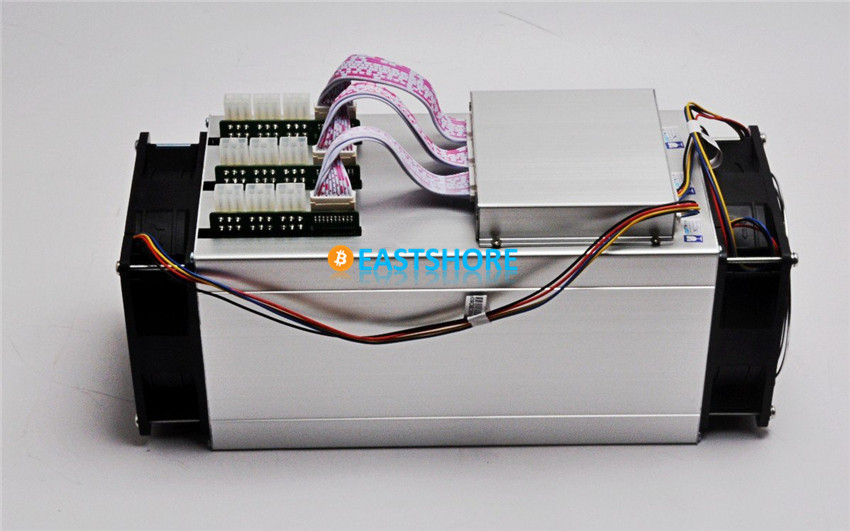
Since both adopted Samsung 10nm process technology, the E10 could reach as high as 18TH/S, while the mainstream Antminer S9 produced by Bitmain in the market at that time could only reach 13.5 TH/S. In terms of the performance only, EBIT miner was absolutely in the leading position. So, it sold very well in the market and Ebang International even became the third largest miner manufacturer only next to Bitmain and Canaan.
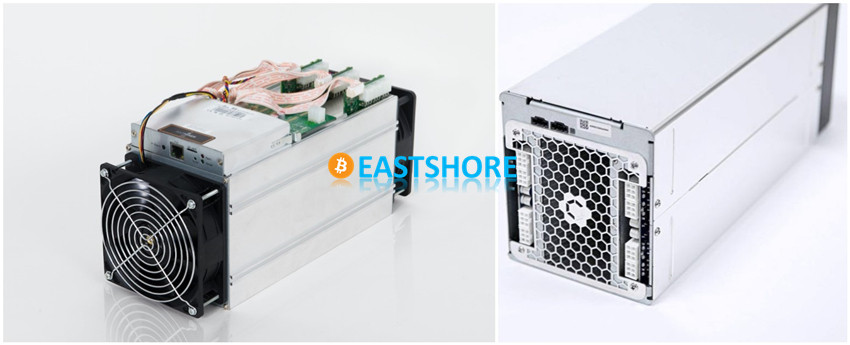
After about 10 years of reshuffle in the market, a situation of tripartite confrontation gradually appeared in the miner market. Judging from the sales of bitcoin BPU in 2017, Bitmain ranked top with RMB 5.1 billion yuan, accounting for 60.7% of the market share. Canaan and Ebang International had a total revenue of RMB 2.2 billion yuan, accounting for 27.6% of the hashrate market share and ranking the second and the third respectively.
This year(2018), the three major miner manufacturers have submitted their prospectus to Hong Kong Stock Exchange. Some analysts pointed out that as the difficulty of mining increased, the requirements of mining workers and pools for the miner hashrate were constantly increasing. This meant that more money needed to be invested on chip research and development. Since the investment on chips was as much as tens of billions, so the miner manufacturers were facing huge funding gap. In addition, in the bear market, the gross profit of the entire mining industry was estimated to drop to less than 30% and rapid landing in the capital market might become the key to their survival.
Mining Pools
The aforesaid mining pools are used to accumulate the hashrate of mining workers and pools scattered around the world. Therefore, compared to the miner market, elimination of the mining pools was crueler – lack of hashrate meant death. Of course, since the eight major mining pools have occupied 90% of the overall hashrate, such a threshold was mainly set for small and medium-sized mining pools.
Looking back at the history of the mining pool, although the first pool Slushpool appeared in 2010, the entire market was still in the infancy before 2012, and the total hashrate of mining pools was less than 20% of the entire mining industry in the booming period. It was not until the emergence of the ASIC miner in 2012 when the proportion of the hashrate was increased to 50% that the mining pools really entered the vision of the mining workers.

Also being promoted by the ASIC miners, the mining industry ushered in the reshuffle era. Looking at the upstream and downstream of the whole industry, there was a big gap in the mining pools in China and Discus Fish who had been active in the mining circle for long just seized this opportunity.
In fact, as early as the end of 2010, Discus Fish who was in his second year at university had already sensed the wonderful world of bitcoin. Once he realized that coin speculation was not suitable for himself, he devoted himself to the mining industry and happened to catch up with the earliest trend of notebook mining in China.
At that time, there were only a few hundred mining workers in the circle, who could exchange with each other only by means of QQ group. They only called each other’s nicknames and the name “Discus Fish” just originated from his nickname at that time.
In 2011, the price of bitcoin rose from $1 to $30, so more and more mining workers started to exchange in groups on Internet. Because there was no BTC website in China at the time and all articles were in written in English, Discus Fish turned to Night Cat, who specialized in foreign language translation, to invite him to participate in the establishment of LTCBBC Forum which focused on mining technology. This accumulated human resources for the development of the mining pool business in the future.
In 2012, in order to catch up with the tide of mining pool, Discus Fish who was in the first year of his postgraduate study spent three months to convince the parents. “They were still very worried, so I sold some bitcoins and saved hundreds of thousands at home. I told my family that if I failed to start the business, we have such savings at least.”
In April of that year, after receiving some angel investment and personal investment, Discus Fish created the first pool in China, F2pool.
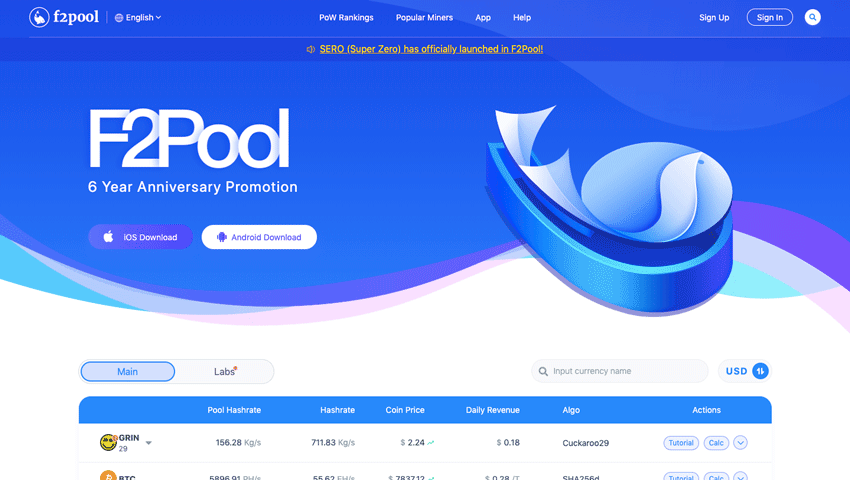
However, his startup was not so smooth. The crazy DDOS attack in early 2013 made poor mining of the fish pool. After the collective withdrawal of investors, the F2pool officially announced temporary closure of the pool.
Although F2pool entered the stable period at the end of 2013, its emergence had strongly impacted the status of the world’s first bitcoin mining pool, Slushpool. Meanwhile, it also inspired many people in China to realize that they could also have their own mining pool.
Chen Weizhi, who was still working in the traditional financial field in 2014, was one of the people being encouraged. The early construction of the mining pool was very simple and only hundreds or thousands of miners will do. So it attracted countless small and medium mining workers to get involved in pool construction.
However, it was unexpected that the first “mining disaster” in the history of bitcoin broke out in the second half of 2014. The so-called “mining disaster” meant that the mining workers’ income was not enough to pay the electricity costs. The direct phenomenon was that the income of all the mining workers had plummeted and the price of bitcoins continued to fall up to more than 90%.
Chen Weizhi described when being interviewed by DeepChain Fianance, “Running the miner for one day will lose a whole day of electricity cost, which is similar to “flesh cutting”. Therefore, his first experience in the mining pool construction ended with the embarrassing situation that even his team had never been set up yet.
Bitmain also began to lay out its own mining pool industry in the same year. In October, it successfully launched the BTCC mining pool operated by the bitcoin trading platform and the bitcoin technical team. In November, it launched its direct brand Antpool.
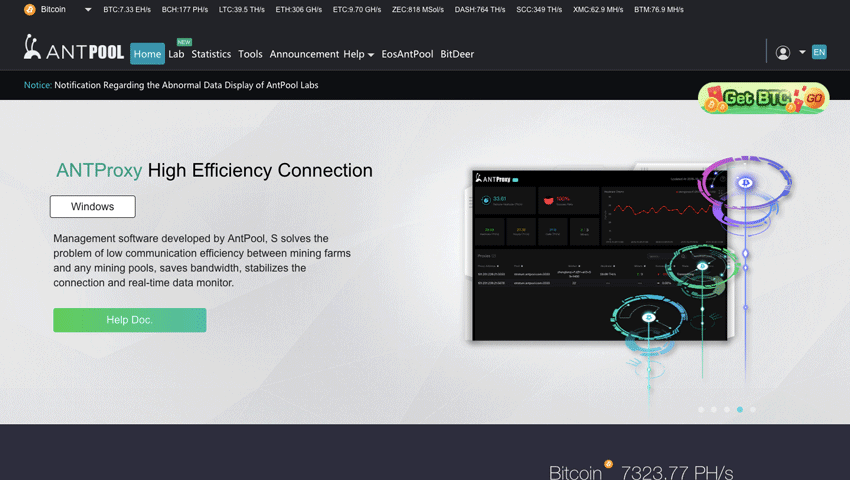
The former had the advantages of stable operation, transparent data and low cost. The latter enabled the mining workers to enjoy better functions as well as more transparent and rich benefits based on Bitmain. Therefore, once the two were launched online, they were quickly ranked the top five.
In the same period, Discus Fish was looking for cheap electricity for mining in order to maintain the operation of the pool with the lowest profit. When most of the pools had been eliminated, F2pool occupied the first position of hashrate that year based on its early accumulated uses.
The advantages of large mining pools appeared during this period, which showed a completely different development path from Chen Weizhi as well as other numerous small and medium pools behind him.
In 2015, the mining pools had basically taken shape. The total hashrate out of the top ten pools decreased from 30% at the beginning of the year to less than 5%. The total hashrate of F2pool and Antpool reached half of the total mining industry. A situation of bipolar world came into being.
It was also from this year that Bitmain started to gradually stabilize its position in the mining pool. The Chinese mining pool also started to occupy an absolute dominance in the world since this year. Although Chen Weizhi’s first attempt failed, it was during this period that he impressed the mining pool circle as “orderly simplicity”.
It was GHash.IO pool which accounted for nearly 51% of the hashrate that triggered the panic.
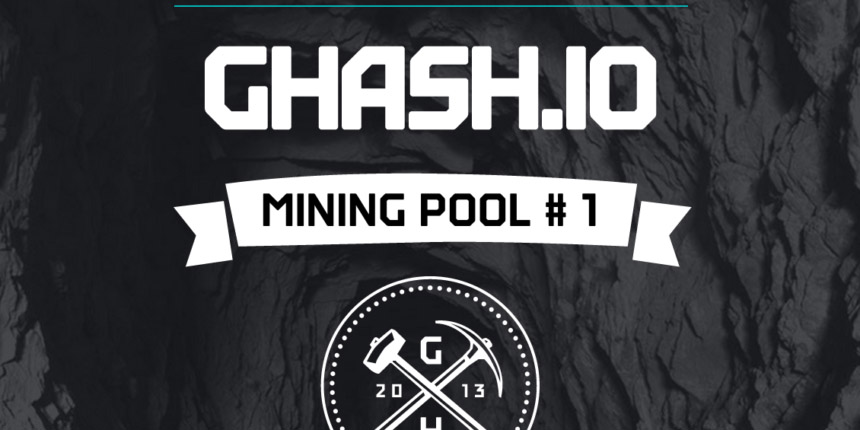
One day in June 2014, the mining workers found that the hashrate of the most powerful bitcoin mining pool, GHash.IO, had increased to almost 51%, which was most likely to tamper the blockchain data to realize dual-spending. The panic spread quickly, and even the 8BTC Forum issued an article GHash.IO: What do you want to do? !
GHash.IO once became a paradox of public opinion. On June 14, the management began to respond and suspended new user registration, then persuaded users in the pool to spread to other mining pools. It was not until GHash.IO had a relatively low hashrate that it reopened the registration and made a promise that “if the pool is close to 50%, the pool will be closed again.” That’s the early circle of geeks in which everyone hoped to realize decentralization very much.
In the middle of 2017 when the price of cryptocurrency skyrocketed again, Chen Weizhi decided to set up a mining pool again. This time he also spent more than 10,000 to hire a network engineer. Unfortunately, when the pool was set up, the situation had been greatly changed.
The small pools which he had connected a few months ago now had zero hashrate. Chen Weizhi realized that the era of personal mining had ended. It was cruel for him to understand that his impression of ” orderly simplicity” was difficult to be achieved in the circle of mining pools.
“If it has exceeded 51% now, it may continue to grow. It’s different situation now.” When talking about the same problem, Discus Fish said so and he seemed to miss the atmosphere very much in the previous years.
Mining Farm
The mining farm is the physical existence of mining pool and the latter is also operated by the hashrate of the former. At present, large mining pools usually have their own mining farms for support. Therefore, the development nodes of the both are basically coincident.
At the end of 2011, FPGA miner was very popular which greatly improved the efficiency of mining. It was also at that time that the first mining farm, Eligius, appeared in the world. However, the mining farm then was still in its infancy and the mining also mainly depended on individual mining workers.
It was not until the appearance of ASIC miners in 2012 that the mining farms had sprung up. However, the thresholds at this time were relatively low and most small and medium farms with only hundreds or thousands of miners were developed by the bitcoin enthusiasts from all over the world.
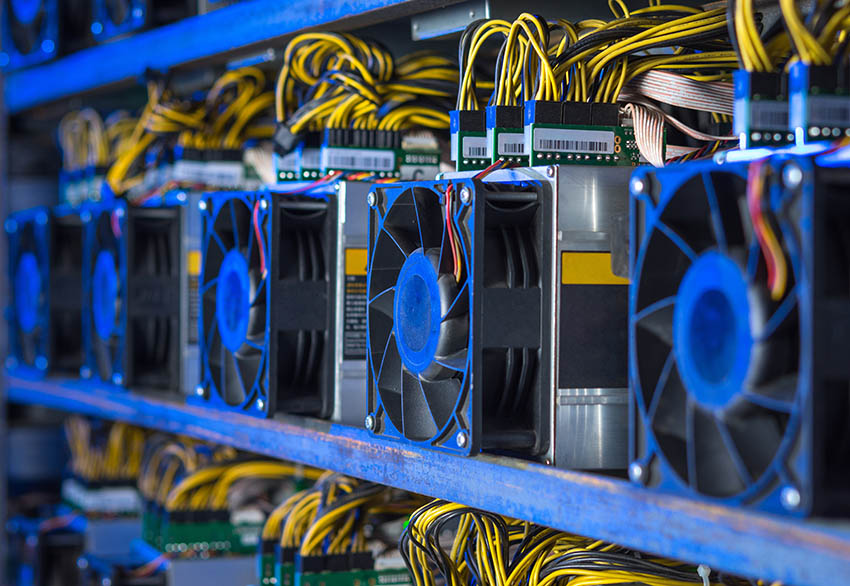
Dave Carlson was one of them. Since his former company suffered from financial difficulties, he began to try mining with ordinary video cards based on his 10 years of software experience. In 2012, Dave established MegaBigPower in his own basement which was later renamed GigaWatt. Within just one year, it was developed into an enterprise worth multi-million dollars.
After successfully attracting more investment, Dave began to produce mining equipment based on Bitfury chips, which was widely welcomed by bitcoin enthusiasts. As his business expanded, GigaWatt had developed into one of the largest mining farms in North America.
“Not only the desire to get rid of poverty, but also the luck to have cheap electricity.” Dave said so when talking about the factors for his success. Now, the State of Washington where his farm is located owns the cheapest electricity price in the United States.
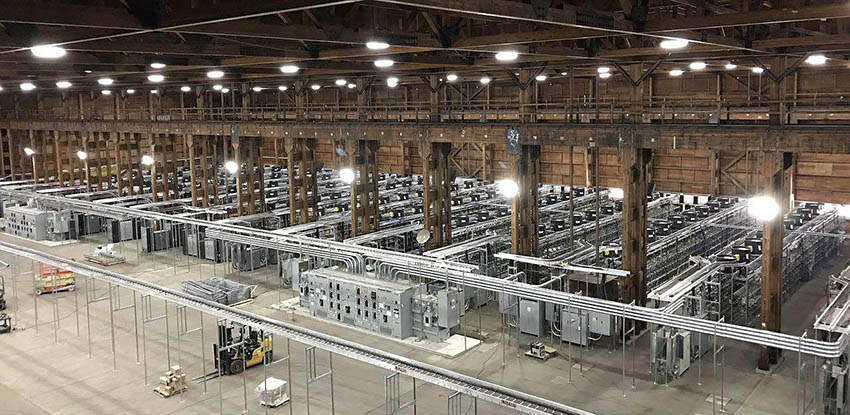
One of the largest mining farms in North America. Photo credit: craincoder.net
Due to the low cost of electricity, the remote areas in China are also favored by mining workers around the world. Since 2014, Chinese miner manufacturers, especially Bitmain, have gradually monopolized the most upstream miner production in bitcoin industrial chain and China has naturally developed into the center of global mining industry.
According to an industry report published by Garrick Hileman and Michel Rauchs in Cambridge University, 58% of the world’s bitcoin mining farms are in China while the United States which is ranked the second only accounts for 16%.
In addition, Bitmain has also started to establish mining farms simultaneously while producing miners and online pools. With the cooperation of other businesses, Bitmain has developed very rapidly. In order to expand the hashrate, other mining farms are merged with some old factories, which marks the end of the mining age dominated by small and medium pools and large-scale mining farms start to step up the historical arena.
As of June 30, 2018, Bitmain has established 11 mining farms in China, two of which are ranked first and second in China and mainly located in Sichuan, Xinjiang and Inner Mongolia with a total of about 200,000 miners.
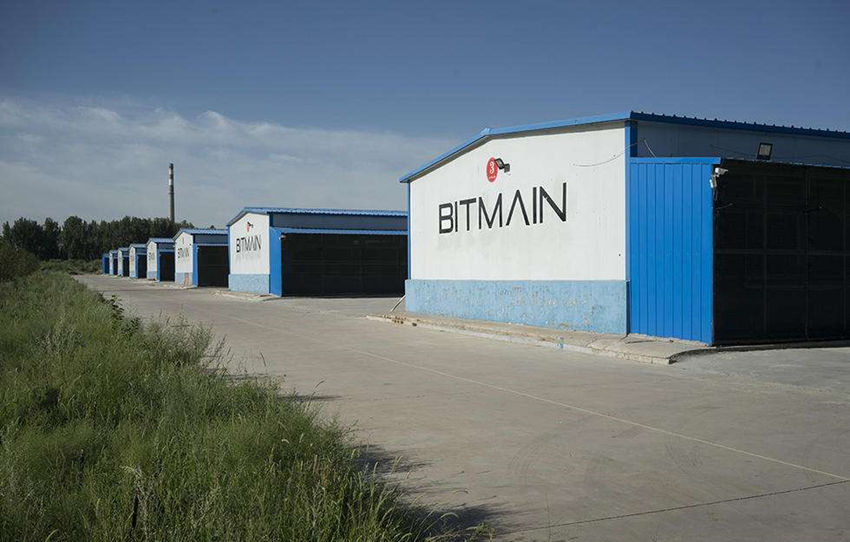
As for why low-cost electricity is so important, it is mainly determined by the profit model of the mining farms. Apart from the uncontrollable miners and labor costs, the only thing they can do is to save electricity. Moreover, tens of thousands of miners keep working for 24 hours, the resulting electricity charges accumulated over a long period of time usually occupy a large proportion with sky-high amount.
According to the Bitcoin Energy Consumption Index at the beginning of this year, the annual electricity costs of mining was estimated to be about 48.37 TWh, second only to Singapore which ranked the 52nd in the world with about 49.5 TWh of electricity consumption, and it still kept increasing.
Therefore, the location of mining farm has been gradually regular, that is, being located based on electricity price, which more impressed the mining farm practitioners. Earlier this year, a mining worker shared his experience as a newbie to participate in mining farm relocation at YF Financial.
“After six months of working in the mining farm in Ordos, I felt lucky that winter was giving way to spring and I would never tremble in the cold night in the north. However, the team leader informed us that the mining farm would be relocated. The old workers around me were very calm while the newcomers felt completely confused without knowing what had happened.” Later, he learned that it was routine work for them to relocate like migratory birds. In the winter they were in Xinjiang and Inner Mongolia while in summer they moved to Sichuan.
That’s mainly because Xinjiang and Inner Mongolia are rich in coal and electricity resources, and they can enjoy cheap firepower and wind power generation as well as the effect of natural cooling for normal operation of the miners. In Sichuan, especially in the Aba area, due to the natural terrain, the raging river water can bring a steady stream of electricity to the hydropower station. In the wet season, the marginal cost of electricity around the hydropower station is almost zero, so even if they have to bear the relocation cost of tens of thousands of miners and the mining workers have to endure the heat waves in the plastic greenhouses in South China, everything seems to be fully worthy.
However, in the dry season of autumn and winter, the electricity price will be several times higher. The electricity produced by the hydropower station may be 5 to 10 times less than before. That’s why in the late summer and early autumn, the mining farms will have to be relocated back to Xinjiang or Inner Mongolia once again.

Mining farms located by a power station in Sichuan, China
For a long time, the natural environment combined with the nugget modernism of mining industry has added some magic colors to the mining farms. However, such a magic nature cannot withstand the influence of the government policy.
In November 2017, the central bank of China as well as relevant ministries and commissions decided to guide the “orderly withdrawal” of crypto currency mining farms in China. The official notice was passed on in the cryptocurrency circle. Although it was later reported that the government did not ban the mining industry, the mining farms had started to withdraw out of China since then, especially the mining farms ranking the top.
Earlier 2018, Wu Jihan from Bitmain who was operating the top two bitcoin mining farms in China, said in an interview that the company was establishing a regional headquarters in Singapore and intended to conduct mining in the United States and Canada.
According to their respective founders, the third largest mining farm, BTC.TOP, was setting up a branch in Canada, and the fourth-ranked ViaBTC had already conducted operations in Iceland and the United States.
It can be conceivable that after the policy turmoil in China, the choice of future mining farms will be surely influenced by the government policies under the premise of balancing low-cost electricity and climate environment.
In the decades of development with interference of external factors such as electricity, climate and policy, every step of mining industry seems to be particularly difficult. It is like the era of the Great Navigation in the Columbus era. The participants ambitiously set off, but once they are at the sea, they will feel hesitate: should they continue to find the ideal continent or just return to the initial port safely?
For this question, Wu Jihan once gave his answer: “In the face of New World, those who dare to travel around the world by spending bitcoins would be the one eager to settle down in the New World; most speculators who want to improve their living standards should be the one hoping to return to the initial port safely; and as for myself, since I’m interested in the navigation, I will decide where to settle down in the future.”


Pingback: How is the Future for Anti-ASIC Miners? | EastShore Mining Devices
Pingback: "Centralized" Mining for Decentralized Cryptocurrency | EastShore Mining Devices